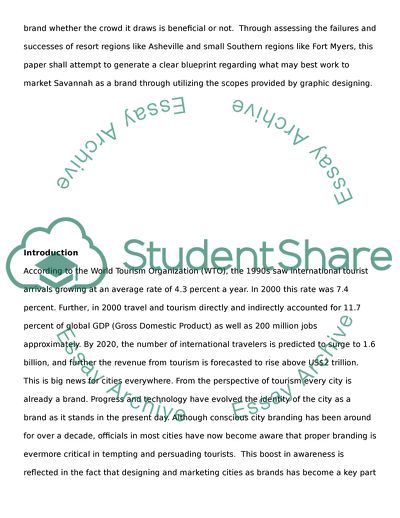Cite this document
(Branding a Small City in Tourism Case Study Example | Topics and Well Written Essays - 2750 words, n.d.)
Branding a Small City in Tourism Case Study Example | Topics and Well Written Essays - 2750 words. Retrieved from https://studentshare.org/marketing/1721154-art-in-dark-dark-in-art
Branding a Small City in Tourism Case Study Example | Topics and Well Written Essays - 2750 words. Retrieved from https://studentshare.org/marketing/1721154-art-in-dark-dark-in-art
(Branding a Small City in Tourism Case Study Example | Topics and Well Written Essays - 2750 Words)
Branding a Small City in Tourism Case Study Example | Topics and Well Written Essays - 2750 Words. https://studentshare.org/marketing/1721154-art-in-dark-dark-in-art.
Branding a Small City in Tourism Case Study Example | Topics and Well Written Essays - 2750 Words. https://studentshare.org/marketing/1721154-art-in-dark-dark-in-art.
“Branding a Small City in Tourism Case Study Example | Topics and Well Written Essays - 2750 Words”. https://studentshare.org/marketing/1721154-art-in-dark-dark-in-art.


